All bike enthusiasts, including avid cyclist and casual riders agree that choosing the right bike can make all the difference in the riding experience. So, how does one find "the right bike"? A bike chart is a crucial tool that can help you in decide which bike would be the best fit for your body structure and riding needs. These charts can seem overwhelming at first glance. However, with a bit of guidance, they can become invaluable resources in finding a bike that fits your needs and preferences.
In this comprehensive guide, we explore bike charts, both for traditional bicycles and e-bikes, breaking down the key components of these charts, explaining what each parameter means, and showing you how to interpret the data to make an informed decision. From frame size and geometry to wheel size and components, understanding these elements will empower you to select a bike that not only fits your body but also enhances your riding style and performance.
1. Understanding Bike Sizing Basics
Selecting a suitable bike is all about your body part measurements. A bike sizing chart is a reference reference for selecting the right frame size based on your body measurements. The primary measurements considered in bike sizing charts include:

- Height: Your overall height is a fundamental starting point for determining bike size.
- Inseam Length: The inseam length is the distance from the floor to your crotch. It’s a crucial measurement for ensuring a comfortable fit and proper leg extension.
- Torso Length: The distance from your crotch to your shoulders, which influences your reach and riding posture.
- Arm Length: The length from your shoulder to your wrist, affecting handlebar reach and control.
2. Types of Bikes and Their Specific Charts
Each kind of bike is different, and they all vary in size and lenght in frame geometry as well as specific use. Cruiser bikes, for example, tend to have a lower center of gravity and a shorter frame than mountain bikes. Bike charts vary according to bike type. Here are some common bike types and their specific considerations:

- Road Bikes: Road bike sizing focuses on a more aerodynamic position, often resulting in a longer top tube and shorter head tube. Comfort and performance depend on precise fitting.
- Mountain Bikes: Mountain bike sizing accounts for a more upright position and rugged terrain. Stability and control are key, with slightly different measurements than road bikes.
- Hybrid Bikes: Hybrid bikes blend road and mountain bike features, so their sizing charts aim for a balance between comfort and performance.
- Commuter Bikes: Designed for daily use, commuter bikes prioritize comfort and practicality, often with more relaxed geometry.
3. Reading a Bike Sizing Chart
A bike sizing chart typically presents a range of sizes corresponding to rider height and inseam length. Here’s a step-by-step guide to reading and using a bike sizing chart:
Step 1: Measure Your Height and Inseam
- Height: Stand against a wall with your shoes off and back straight. Use a measuring tape to measure from the floor to the top of your head.
- Inseam: Stand with your feet about 6 inches apart. Measure the distance from the floor to your crotch using a book or similar object to simulate bike saddle height.
Step 2: Consult the Sizing Chart
Most bike manufacturers provide sizing charts on their websites or in-store. These charts will list sizes (small, medium, large, etc.) or frame measurements (in inches or centimeters) alongside corresponding height and inseam ranges.
For example, a road bike sizing chart might look like this:
|
Rider Height |
Inseam Length |
Frame Size (cm) |
|
5'4" - 5'7" |
27" - 30" |
52 - 54 |
|
5'8" - 5'11" |
30" - 32" |
55 - 57 |
|
6'0" - 6'3" |
32" - 34" |
58 - 60 |
|
6'4" - 6'6" |
34" - 36" |
61 - 63 |
Find your height and inseam measurements in the chart to determine the recommended frame size.
Step 3: Consider Frame Geometry and Bike TypeDifferent bikes have unique geometries, influencing fit and comfort. Even within the same type of bike, frame geometry can vary between brands and models. For example, a racing road bike may have a more aggressive geometry than an endurance road bike, affecting the recommended frame size.
4. Additional Fit Considerations
While height and inseam length are primary factors in bike sizing, other considerations can influence the final fit:

- Torso and Arm Length: A longer torso may require a larger frame or adjustments to handlebar reach. Conversely, a shorter torso might benefit from a smaller frame or shorter stem.
- Riding Style: Your preferred riding style (aggressive, relaxed, upright) can influence bike fit. Discuss your style with a professional to ensure the chosen size accommodates your needs.
- Flexibility and Fitness Level: More flexible riders may prefer a slightly larger frame for an aerodynamic position, while less flexible riders might find a smaller frame more comfortable.
5. Test Rides and Professional Fittings
Even with accurate measurements and a detailed sizing chart, test rides are invaluable for confirming fit and comfort. Visit a local bike shop to try different sizes and models. Pay attention to how each bike feels, including:
- Standover Height: Ensure you have adequate clearance (about 1-2 inches) when standing over the top tube.
- Saddle Height: Proper saddle height allows for a slight bend in the knee at the bottom of the pedal stroke.
- Reach and Handlebar Position: Check for a comfortable reach to the handlebars without overstretching or feeling cramped.
6. Customizing Fit
Most modern bikes come with adjustable frames and components. Once you've selected a bike size, fine-tuning adjustments can optimize fit and comfort. These adjustments include:

- Saddle Position: Adjust the saddle height, tilt, and fore-aft position for optimal comfort and pedaling efficiency.
- Handlebar Height and Reach: Use spacers, stem length, and handlebar adjustments to achieve a comfortable riding position.
- Cleat Position (for Clipless Pedals): Proper cleat placement on cycling shoes ensures efficient power transfer and reduces the risk of injury.
By following the steps outlined in this guide, you can confidently select the right bike size and enjoy the myriad benefits of cycling.However, understanding the right bike is still just the first step. It is time to find a good quality bike that will meet your riding specifications. Viribus has put together an extensive collection of bikes and electric bikes for riders of all sizes and preferences. At Viribus, we understand that our customers vant bicycles that suit not only their riding preferences, but also their personal tastes.Check the Viribus collection for top-quality options, fair prices and amazing customer service. In case of uncertainty, Viribus is willing to explain the top bike specs when choosing a bicycle.

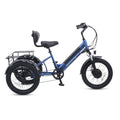

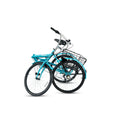
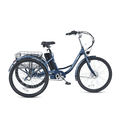








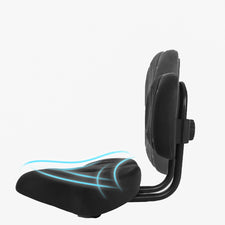






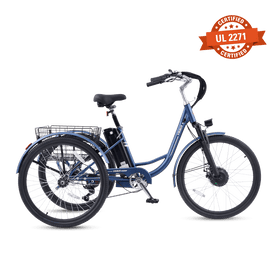
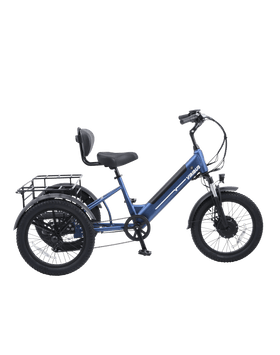




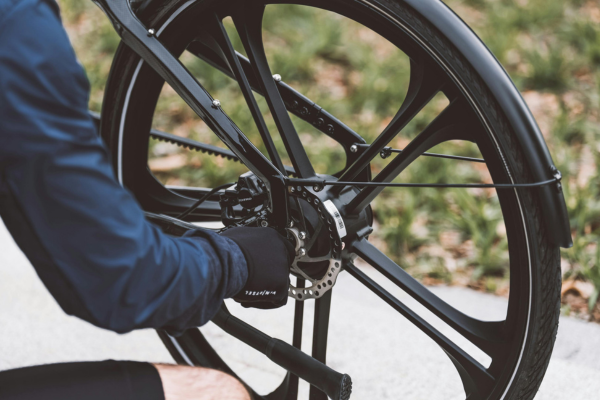
Leave a comment
This site is protected by hCaptcha and the hCaptcha Privacy Policy and Terms of Service apply.